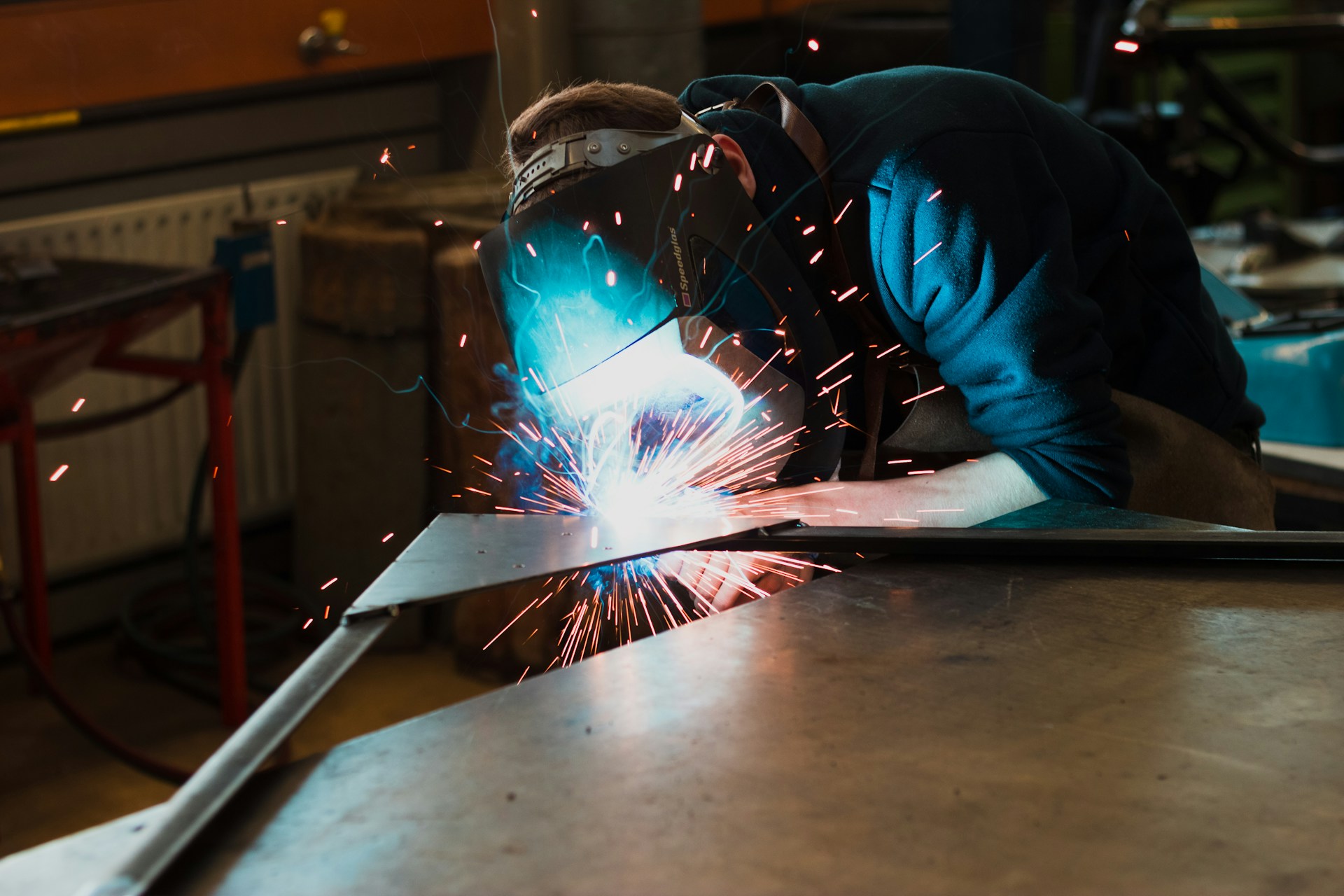Why Custom Metal Fabrication Is Essential for Unique Architectural Builds

Architectural design has evolved far beyond simple structural requirements. Today, builders, designers, and property owners are pushing for projects that blend creativity, functionality, and long-term durability. As a result, custom metal fabrication has become a critical part of modern architecture—especially for projects where standard components can't achieve the desired look or performance.
Unlike prefabricated parts, which are limited by mass-produced shapes and sizes, custom metal fabrication allows architects to bring one-of-a-kind concepts to life. Whether it's a dramatic staircase, a decorative façade, or a structural support system with unusual geometry, fabrication teams can tailor every element to meet precise design specifications. This flexibility is one of the biggest reasons why custom-built metal components are so valuable in the architectural world.
Beyond aesthetics, customization also plays a major role in structural integrity. Architectural metalwork must often withstand heavy loads, weather exposure, or long-term wear. Fabricators can choose the right materials—such as stainless steel, aluminum, or carbon steel—based on the environmental demands of the project. They can also apply specialized techniques like TIG welding, laser cutting, or CNC bending to ensure accuracy and durability. These capabilities help create components that perform reliably and meet building code requirements.
Another advantage of custom metal fabrication is its ability to solve engineering challenges that standard parts aren't designed for. Many architectural projects include irregular layouts, tight installation spaces, or unique weight-bearing needs. Custom fabrication allows builders to work around these constraints without compromising the overall vision. For example, a custom bracket system or tailored support column can simplify installation while improving long-term stability.
From a sustainability perspective, the custom approach can also reduce waste. Instead of modifying prefabricated materials—often cutting off excess or reinforcing weak sections—fabricators craft exactly what's needed from the start. This reduces material usage, shortens installation time, and can even improve energy efficiency for connected systems like HVAC or building envelopes.
Whether the goal is artistic expression, precise fit, or enhanced performance, custom metal fabrication offers the versatility and precision that modern architectural builds demand. As architectural styles continue to shift toward more personalized and innovative designs, the relationship between architects and fabrication experts will only become more important.
Published 11/20/25